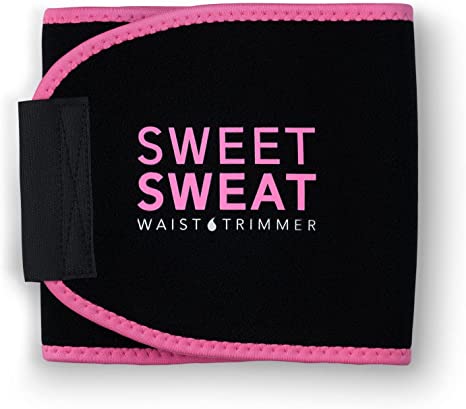Identify Your Objectives
Before purchasing a waist trainer, determine your objectives. Do you want to shape your waistline, lose weight, or have a better posture? You can select a waist trainer that will assist you in achieving your objectives once you know what you want to accomplish.
Material
The waist trainer’s material is an important consideration. A waist trainer that is of high quality, breathable, and flexible is what you should go with. The most widely recognized materials utilized in abdomen coaches are neoprene, spandex, and plastic. Choose a waist trainer that is hypoallergenic if you have sensitive skin or allergies.
Size
Picking the right size is pivotal with regard to midsection mentors. Before purchasing a waist trainer, make sure to take a measurement of your waist and look at the size chart. While a waist trainer that is too big won’t work, one that is too small will be uncomfortable and may irritate the skin.
Style
There are many different types of waist trainers, including shorts, belts, corsets, and vests. Select a design that meets your requirements and preferences. For instance, if you’re looking for a waist trainer to wear during workouts, a waist trainer belt or shorts might be better, while a vest might be better if you want to shape your upper body.
Adjustable Features
A waist trainer should have features that can be adjusted, such as hooks, straps, or laces. This will permit you to alter the fit and change the degree of pressure as you progress. A waist trainer with multiple rows of hooks or laces is also a good choice because it can be adjusted according to your needs.
Comfort and Mobility
When it comes to waist trainers, comfort and mobility are absolutely necessary. You need to pick a midriff coach that is agreeable to wear for broadened periods and doesn’t confine your development. You should look for a waist trainer that is lightweight, flexible, and lets you breathe easily.
Cost
Consider the waist trainer’s brand and cost. Search for a legitimate brand that has positive surveys and a decent standing. While price shouldn’t be your only consideration, you should look for a waist trainer that is both affordable and good value.
Structural Support
You might want to think about a waist trainer with boning or other supportive structures if you want one that gives you more support. Boning is sewn into the waist trainer and is typically made of steel or plastic. It helps the trainer keep its shape and gives you more support in your midsection. Additionally, some waist trainers have reinforced seams or built-in compression panels that provide additional support.
Examine Customer Ratings
Prior to making a buy, it’s dependably smart to peruse client surveys to find out about how well the midriff mentor functions, all things considered. Search for audits that notice the midsection coach’s adequacy, solace, toughness, and generally speaking quality. Read a variety of reviews to get a complete picture of the waist trainer’s performance, and be wary of reviews that appear to be too positive or negative.
Talk with Your PCP
In the event that you have any fundamental medical issues or concerns, it’s generally smart to talk with your primary care physician prior to utilizing a midriff mentor.
Instructions to Follow
To guarantee the life span and adequacy of your midriff mentor, it’s essential to adhere to the consideration guidelines given by the maker. Most abdomen mentors ought to be hand washed in chilly water and air-dried to forestall harm to the material and shape.
All in all, purchasing a waist trainer requires cautious thought of your objectives, the material, size, style, flexible highlights, solace and portability, and the brand and cost. You should be able to select the best waist trainer for your requirements and achieve your objectives with the help of this buying guide.















